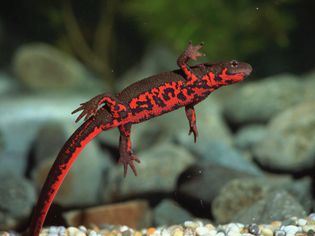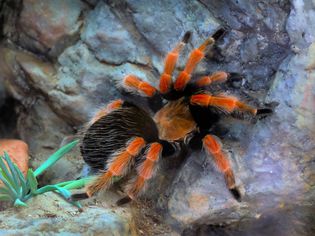Rabbit Nail Care 101: Safe Trimming Techniques at Home

As a seasoned small‑animal blogger with over a decade of hands‑on rabbit care experience, I’ve seen the difference that proper nail maintenance can make in a bunny’s comfort and health. Overgrown nails not only snag carpets and bedding but can also lead to painful joint issues if left unchecked. This guide will walk you—step by careful step—through safely trimming your rabbit’s nails at home, sharing professional tips to ensure a calm, confident grooming session.
Why Nail Care Matters
Prevents Overgrowth & Discomfort
Overlong nails can twist or press unnaturally, causing pain and difficulty hopping.Reduces Risk of Injury
Sharp tips snag fabric or skin; trimmed nails lower the chance of accidental scratches.Supports Overall Health
Regular trims encourage natural wear and help you bond with your rabbit through gentle handling.
Tools You’ll Need
Small Animal Nail Clippers: Choose a guillotine‑style designed for rabbits.
Styptic Powder or Cornstarch: In case of minor bleeding.
Towel or Snuggle Blanket: To gently restrain your rabbit without stress.
Treats & Soothing Voice: Positive reinforcement keeps your bunny calm.
Step‑by‑Step Trimming Process
1. Prepare the Environment
Quiet Space: Minimize distractions and loud noises.
Comfortable Surface: Use a non‑slip mat on a low table or lap.
2. Acclimate Your Rabbit
Gentle Handling: Spend 5–10 minutes stroking and speaking softly.
Introduce Tools: Let your rabbit sniff the clippers to reduce fear.
3. Secure Your Bunny
Towel Wrap (“Bunny Burrito”): Wrap the body gently, leaving one paw exposed.
Support the Feet: Hold the leg at the hock joint; avoid twisting.
4. Identify the Quick
Light‑Colored Nails: The pink “quick” is visible; avoid cutting into it.
Dark Nails: Trim off just the very tip—small snips—to avoid hitting the quick.
5. Trim with Confidence
Steady Hands: Squeeze the clipper swiftly but gently.
Small Increments: Better to trim frequently than cut too much at once.
Check After Each Cut: Confirm no bleeding before proceeding.
6. Handle Accidents Calmly
Apply Styptic Powder: Press on the nail tip to stop bleeding.
Reassure Your Rabbit: Offer gentle pets and a favorite treat.
Post‑Grooming Care
Offer a Treat: Reinforces positive association.
Short Play Session: Let your rabbit stretch and hop freely.
Inspect Weekly: Aim for nail checks every 4–6 weeks.
Troubleshooting & Expert Tips
Wiggly Rabbit? Enlist a helper to gently hold the hindquarters.
Strong-Willed Bunnies: Trim one or two nails per session until your rabbit acclimates.
Sharpen Your Tools: Dull clippers can crush rather than slice, causing discomfort.
Conclusion
With patience, the right tools, and a calm atmosphere, at‑home rabbit nail trimming becomes a bonding ritual rather than a chore. Consistent care keeps your bunny comfortable, healthy, and hopping happily. Remember: small, regular trims beat occasional large cuts—your rabbit will thank you!









Comments on "Rabbit Nail Care 101: Safe Trimming Techniques at Home" :